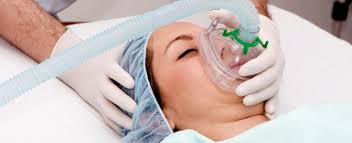
记忆方法
将“anaesthetic”分解为两个部分来记忆:“ana-”和“esthetic”。记住“ana-”与“anaesthetize”(麻醉)的音节相似,强调没有感觉或疼痛。而“esthetic”与“aesthetics”(美学)相连,指的是感觉或外观,在这里引申为身体感觉被“麻醉”或屏蔽,从而达到无痛的目的。通过这样的联想,可以更容易地记住“anaesthetic”表示“麻醉剂”或“麻醉的”意思。
以上内容由AI生成, 仅供参考和借鉴
英语词源
- anaesthetic (adj.)
- 1846, "insensible," from Greek anaisthetos "insensate, without feeling; senseless, stupid" (see anaesthesia). Noun meaning "agent that produces anesthesia" first used in modern sense 1848 by Scottish doctor James Young Simpson (1811-1870), discoverer of the surgical uses of chloroform.
权威例句
- 1. The operation is carried out under a general anaesthetic.
- 该手术是在全身麻醉情况下实施的。
- 2. In those days, dentistry was basic. Extractions were carried out without anaesthetic.
- 那时候,牙科学刚起步,拔牙都不打麻药。
- 3. How long will I be under the anaesthetic ?
- 我会麻醉多长时间?
- 4. The anaesthetist gave the patient an anaesthetic.
- 麻醉师给病人施麻醉剂.
- 5. He was given a general anaesthetic.
- 他被全身麻醉.